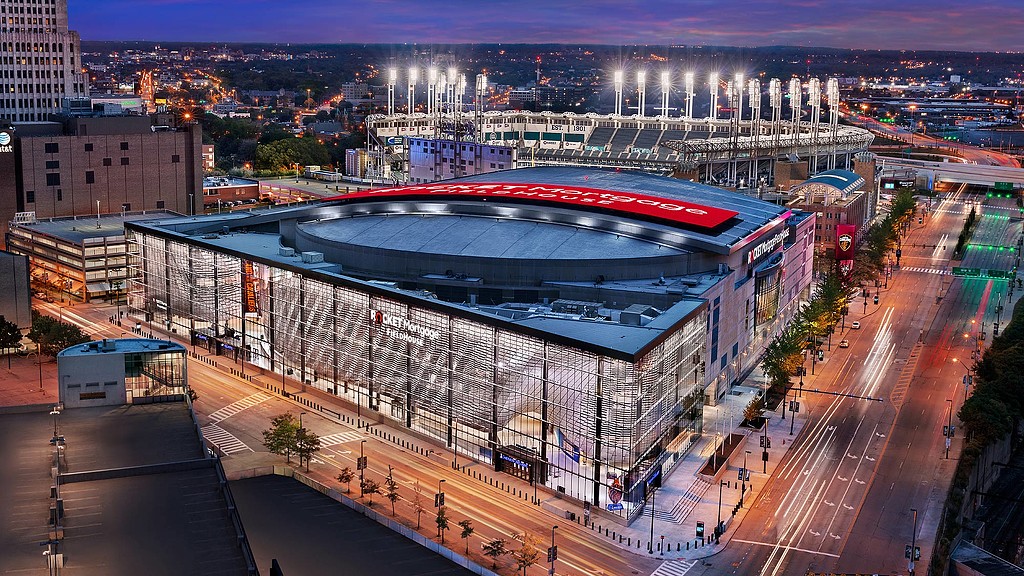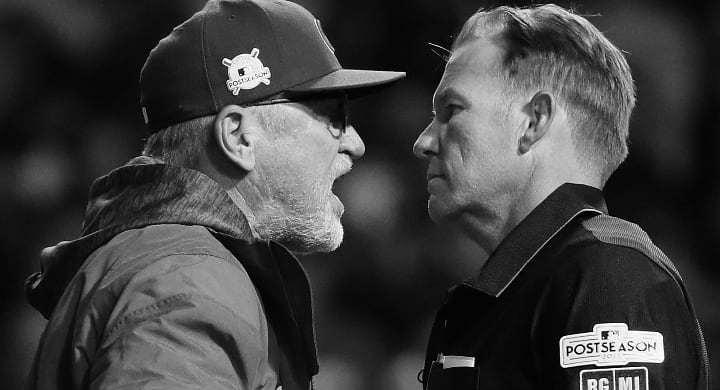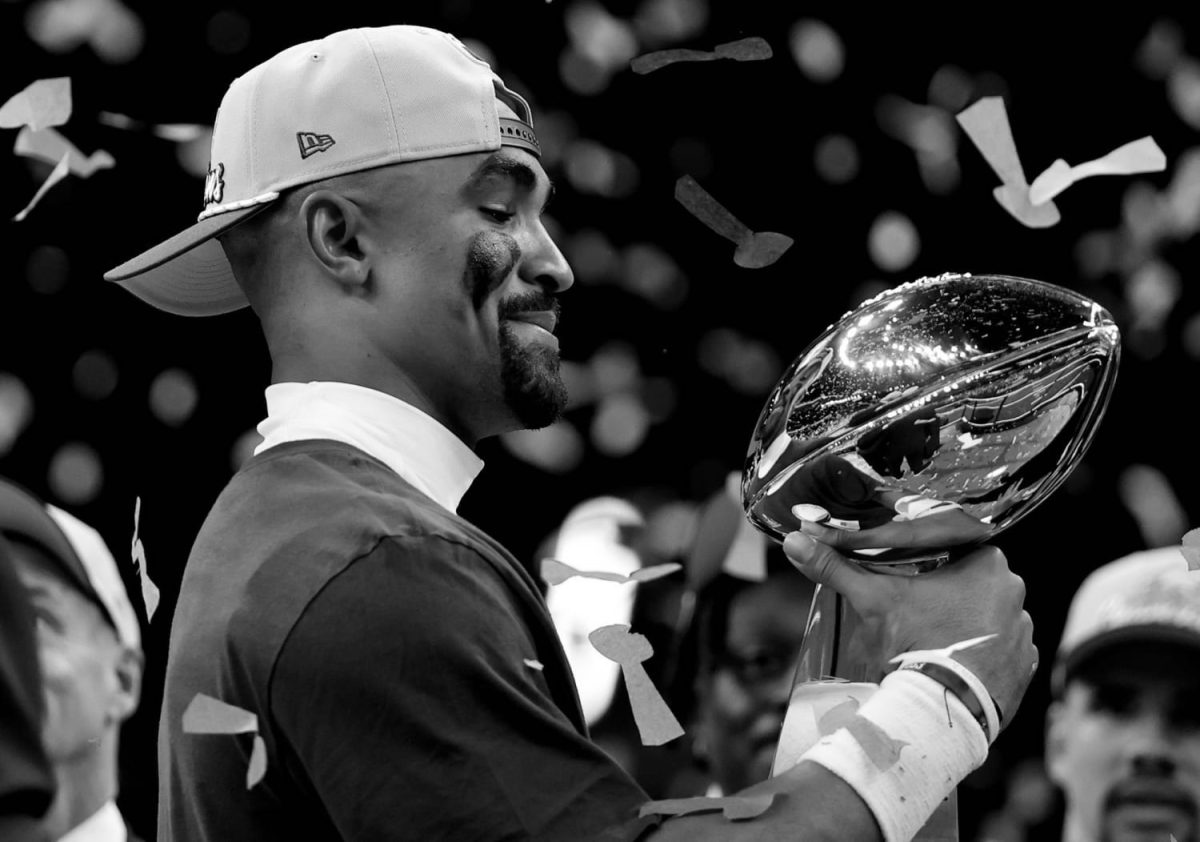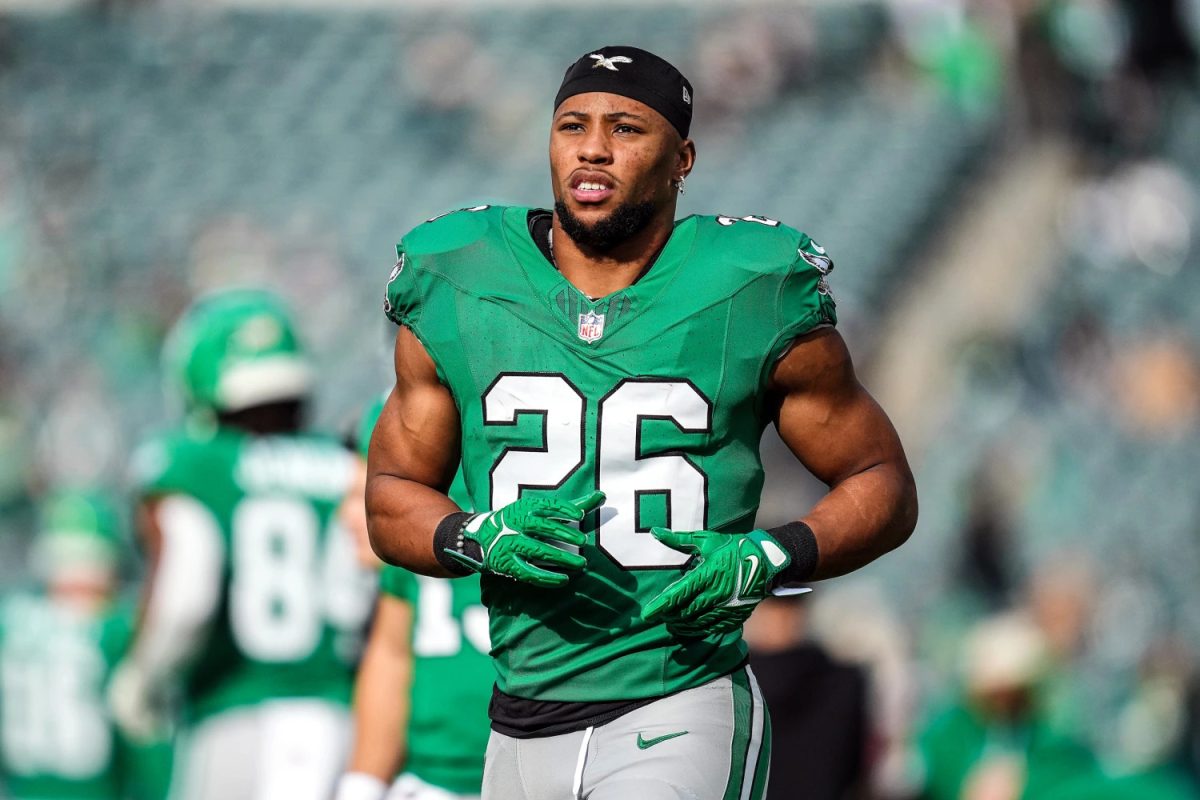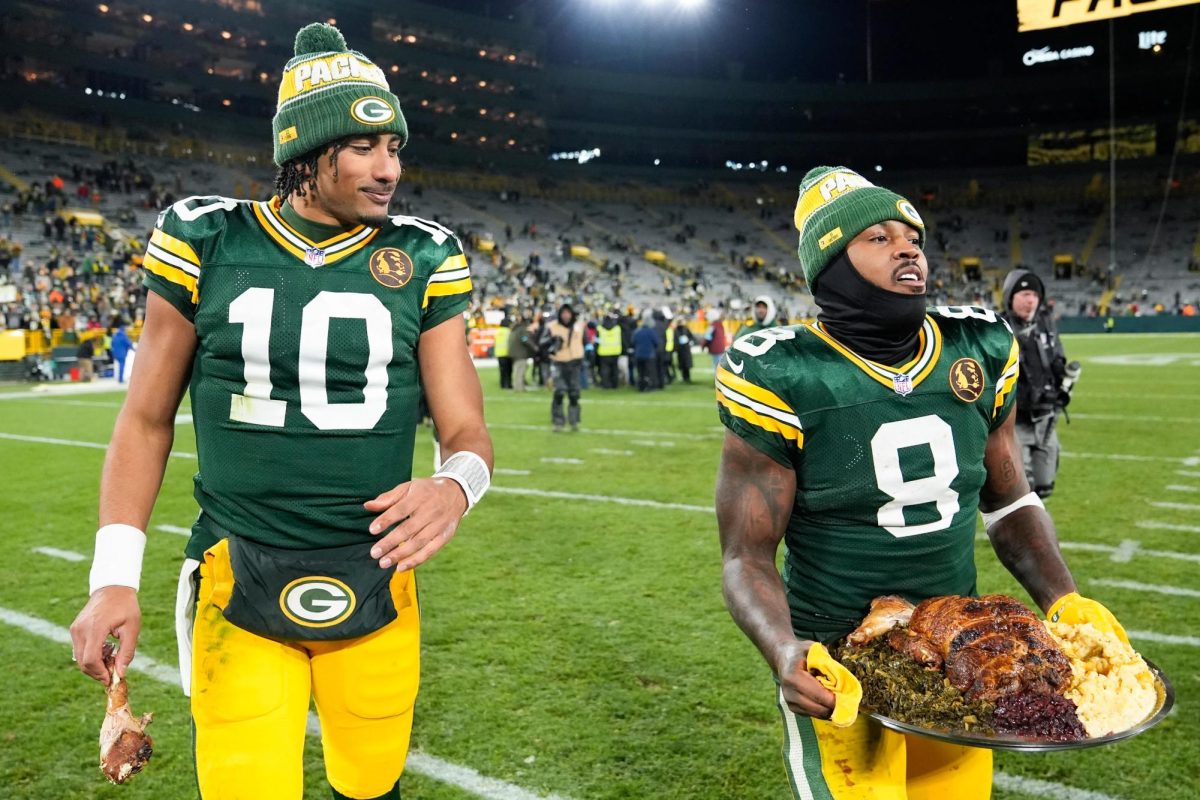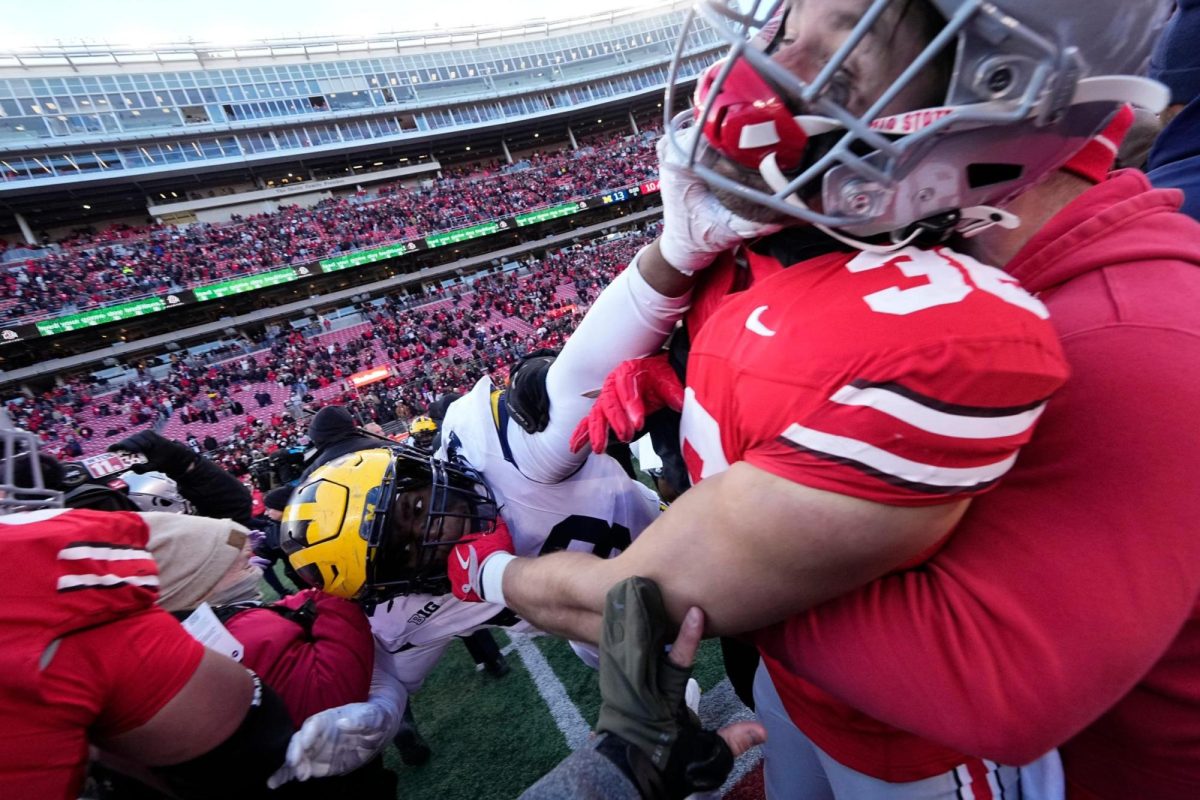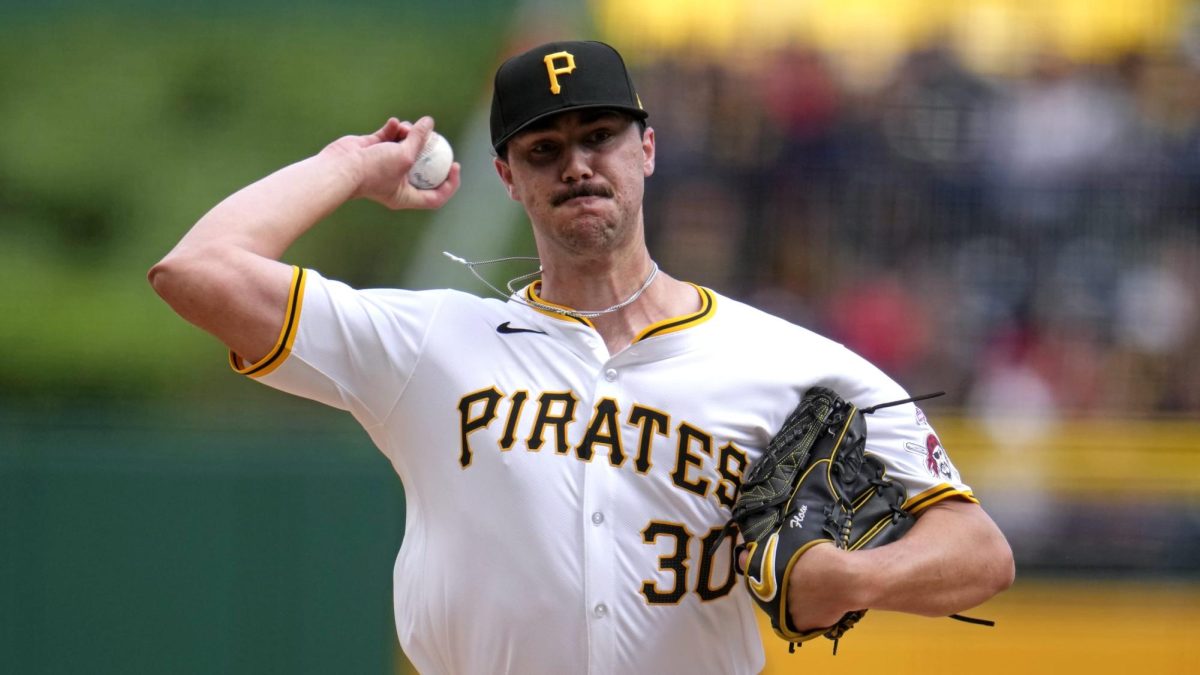Shohei Ohtani’s free agency was the story of the 2023–24 offseason. After six years of mammoth home runs and ten strikeout games resulted in zero playoff appearances with the Los Angeles Angels, Ohtani was eager to hit free agency. Ohtani, 29 at the time, was primed to go play for a franchise with a history of winning.
In come the Los Angeles Dodgers. Located just a short drive away on I-405, the Dodgers have cemented themselves as perennial contenders, making the playoffs every year since 2013. In 2020, they reached the pinnacle, defeating the Tampa Bay Rays in the World Series. They also won the 2024 World Series, defeating the New York Yankees.
Ohtani agreed to a 10-year, $700 million contract with the Dodgers, the largest in MLB history. The previous largest free agent contract was signed in the same offseason by Yankees outfielder Aaron Judge for nine years and $360 million. Judge’s deal was nearly doubled. At the time, the Dodgers had the highest payroll in the league. So, in order to take on Ohtani, they had to get creative when it came to the structure of his deal.
$680 million of Ohtani’s contract was deferred. Over 97 percent of Ohtani’s contract will be paid out to him on the first of July each year from 2034–2043; he will make $68 million per year in that time period. From 2023–2033, he will make $2 million annually.
The Dodgers’ adjusted payroll — amount paid to players on 40-man roster in the calendar year — was $240.3 million in 2023. After adding Ohtani, the reigning American League MVP, and losing none of their core, the Dodgers’ adjusted payroll was $240.2 million in 2024.
The Dodgers’ strategy to defer money is not new. In fact, it had been used previously by the Dodgers, as well as other teams in MLB.
In 2023, Red Sox third baseman Rafael Devers signed a 10-year, $313.5 million extension and deferred $75 million from 2034-2043. In 2021, Mets shortstop Fransicso Lindor signed a 10-year, $341 million extension and deferred $50 million to be paid out from 2032–2041. The Dodgers did it in 2020 when they signed Mookie Betts to a 12-year, $365 million extension with $115 deferred from 2033–2044.
Deferred contracts are allowed under the current Collective Bargaining Agreement. Article XVI — Deferred Compensation of the CBA states:
“There shall be no limitations on either the amount of the deferred compensation or the percentage of total compensation attributable to the deferred compensation for which a Uniform Player’s Contract may provide.”
By structuring the deal this way, Ohtani gave the Dodgers financial flexibility in the near future as well as a low competitive balance tax. In 2024, the CBT was $237 million. When Ohtani signed the deal, the Dodgers were under the threshold.
A team’s CBT is determined by taking the average annual value of each player’s contract on the forty-man roster in addition to added benefits. With no deferred money, Ohtani’s AAV would have been $70 million. However, money deferred outside the years of the contract is calculated in present-day value.
Due to the value of the dollar increasing over time, the present-day value of the $680 million Ohtani deferred is roughly $460 million. Hence, for the next decade the Dodgers’ CBT payroll hit is roughly $46 million annually.
Although the Dodgers’ deal with Ohtani was supposed to help them stay under the CBT threshold, they were handed a $103 million tax bill after the 2024 season. Their adjusted payroll was $353 million. The Dodgers are not using deferred money to stay under the tax; rather, they are using it as a form of damage control. They know they are going to have to pay luxury tax, but ownership, led by Mark Walter, was not bothered. The Dodgers have deferred more than $1 billion in salary spanning eight different contracts to later seasons.
The use of deferred money is not the only controversial topic regarding the upcoming collective bargaining agreement negotiations. The MLB, unlike other major U.S. sports leagues such as the NBA, NHL and MLS, does not have a salary cap nor a salary floor.
The question of whether or not to introduce a salary cap has been a long-standing debate. Owners have long wanted a cap in order to limit total spending while increasing parity throughout the league. This past season, the Dodgers were crowned World Series champions after going 98–64 in the regular season while flaunting a $240 million payroll including deferred money. The payroll for the Oakland Athletics was just over $62 million. The Athletics finished 69–93 and missed the playoffs.
It makes sense for a franchise to be rewarded for spending money, but does the gap have to be that large? If a salary cap was proposed at $220 million to go along with a salary floor at $150 million, payrolls around the league would be comparable. Teams like the Dodgers could still go over the cap. However, they would be harshly punished in the form of luxury tax and forfeiting draft picks. Teams like the Athletics would not be permitted to put no backing into their franchise. Owners would have to meet the salary floor or sell the team.
Although the players are on board with a salary floor, they are hesitant to agree to a salary cap. A fight over a salary cap was at the heart of the infamous 1994–95 baseball strike which lasted 232 days and led to a canceled World Series. A salary floor increases overall league spending, but a salary cap limits it. Due to this nature, it is likely one cannot happen without the other. Owners and players would have to give into some demands.
MLB has had a lockout more recently than 1994–95. When the 2016 CBA agreement expired during the 2021–22 MLB offseason, MLB owners unanimously enacted a lockout on the players. Negotiations stalled when neither side was willing to meet the other’s demands. From Dec. 2, 2021 to March 10, 2022, the baseball world stood still. No free agents could be signed; no trades could be made. Luckily for fans, the parties agreed to a deal a mere 27 days before opening day.
The worst-case scenario for the MLB and Commissioner Rob Manfred is missing games. Owners would lose revenue, players would not get paid, and fans would be robbed of watching players represent the best baseball league in the world on a nightly basis.
MLB has found a winning formula in recent years. The introduction of a pitch clock in 2022 has increased attendance and interest in the game by speeding up pace of play. Adding a universal designated hitter in 2023 boosted offensive output. In 2023, MLB revenue was approximately $11.6 billion, and that number was higher in 2024, according to Manfred.
“I do think that there are a lot of positives going on in the game right now,” Manfred said during his interview with Questions for Cancer Research. “I think our attendance is very strong, and that’s always a great thing for us. It shows that the game is popular. And I think that the positive things that are going on always motivates the parties to find a solution to the economic issues that face the game.”
MLB is in a unique spot. The league is more economically healthy than ever before, yet under the surface, an economic bubble is waiting to burst.
If push comes to shove, would players be willing to sit out a week, a month or even an entire season? Would owners be okay losing a year’s worth of revenue?
The current CBA ends Dec. 1 at 11:59 p.m., 2026. Two more seasons will be played under the agreed-upon terms.
Manfred’s run as commissioner is nearing an end. After being elected in 2015, his planned retirement lies ahead in 2029. The 2026 CBA agreement will be the last under his eye.
“We’ve never missed a game, and I hope to keep that record intact in my last go-round,” Manfred said.


